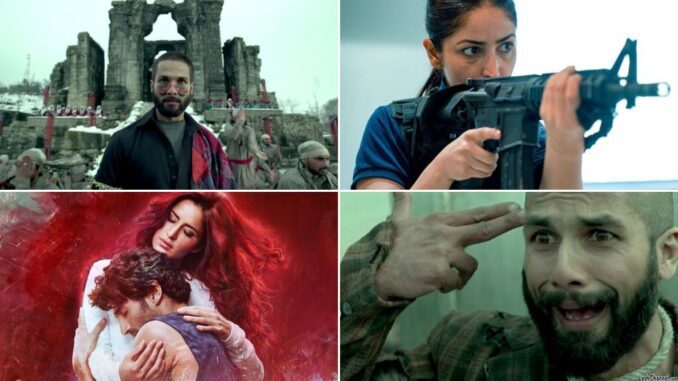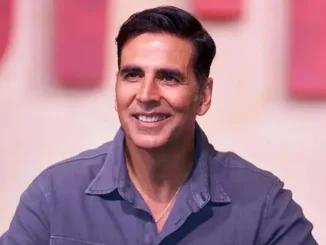
Kashmir — with its breathtaking landscapes and emotionally charged history — has long held a powerful presence in Bollywood’s storytelling. Over the decades, Indian filmmakers have not only captured the ethereal beauty of the Valley but have also delved deep into its socio-political complexities. From poetic dramas to gritty thrillers, Kashmir has served both as a visual marvel and a symbolic landscape for tales of identity, conflict, and resistance.
In recent years, there has been a noticeable shift in how Bollywood approaches the region. While earlier films predominantly showcased Kashmir as a romanticized paradise, more contemporary narratives have embraced its layered realities, using it as a backdrop to explore deeper political and emotional themes.
Take Vishal Bhardwaj’s Haider (2014), for instance — a striking reimagining of Shakespeare’s Hamlet set amidst the backdrop of insurgency and military conflict in 1990s Kashmir. The film broke away from the usual tropes and instead presented the Valley as a place caught in the crosshairs of history, ideology, and grief. Through the eyes of Haider, played hauntingly by Shahid Kapoor, the film offered a searing look at the emotional cost of conflict, weaving poetry, music, and raw performances into a gripping tale of revenge and lost innocence.
Fast forward to Article 370 (2024), and we see a very different, yet equally impactful narrative unfold. This political thriller, starring Yami Gautam, focuses on the landmark constitutional decision to revoke Jammu and Kashmir’s special status. Unlike Haider, which portrayed the region through the lens of personal tragedy, Article 370 turns the spotlight on the bureaucratic and political machinery behind one of the most controversial moves in Indian politics. The film delves into power structures, ideological shifts, and the bureaucratic tension surrounding the abrogation, while still capturing the raw emotion tied to such a monumental change.
Between these two films lie many other cinematic journeys that have drawn from Kashmir’s mystique and struggle — Roja, Mission Kashmir, Fanaa, Shikara, and The Kashmir Files, to name a few. Each of these films, in their own way, has contributed to a growing repertoire of stories that not only reflect Kashmir’s beauty but also its scars.
Earlier Bollywood productions like Kashmir Ki Kali or Junglee showcased the Valley as a romantic utopia — the perfect canvas for song sequences and love stories. However, as the national consciousness evolved, so too did the film industry’s lens. Directors and writers began probing deeper into the real stories — stories of exile, rebellion, patriotism, and identity crises.
Importantly, the shift in cinematic tone also reflects a growing audience appetite for realism and political engagement. Today’s viewers are more discerning, looking beyond postcard imagery to understand the dynamics at play in one of India’s most politically sensitive regions.
The lush valleys, snow-capped mountains, and meandering rivers of Kashmir still feature prominently in Bollywood, but now, they’re often juxtaposed with tension, silence, and haunting memories. This contrast — of sublime beauty against brutal reality — adds emotional weight to every story told from the Valley.
Moreover, the inclusion of real-world events — whether through fictionalized accounts or direct political narratives — signals Bollywood’s increasing willingness to engage with difficult conversations. Films like Article 370 are not just entertainment; they’re cultural reflections of a nation grappling with complex questions of governance, freedom, and identity.
As the Indian film industry continues to evolve, Kashmir remains both a muse and a mirror — inspiring breathtaking visuals while also urging filmmakers to confront uncomfortable truths. Whether through the anguish of a son searching for his father in Haider, or the determined idealism of a civil servant in Article 370, Kashmir continues to shape powerful cinematic narratives that resonate deeply with audiences across India and beyond.



